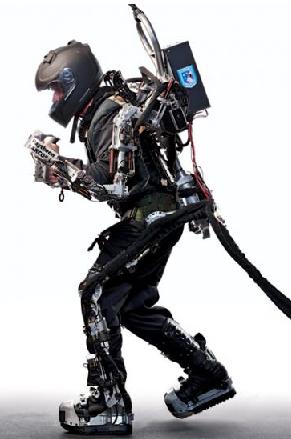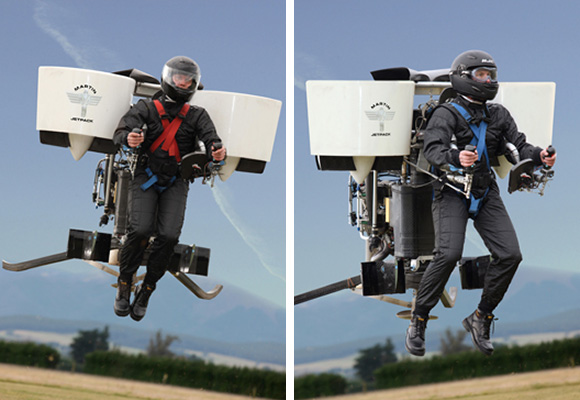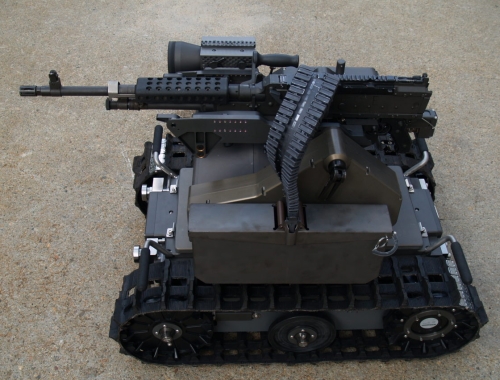Over the past few decades the uber rich have had an increasing influence on our technological future: Peter Diamandis funds various space-oriented X-Prizes, one of which saw the development and successful flight of SpaceShip One. Soon, very soon, SpaceShipTwo will be taking tourists on sub-orbital flights – backed by another billionaire – Sir Richard Branson.
Elon Musk backs the development of TESLA, a serious, well-advanced effort to economically manufacture an electric car (and pioneer the battery technology behind such).
Larry Page (Google) and Ross Perot are backing Planetary Resources, a group dedicated to mining asteroids. SpaceX (Elon Musk again) has successfully launched International Space Station resupply missions with a privately developed and funded launcher; Bigelow Aerospace (Robert Bigelow, hotel magnate) has flight-tested inflatable space habitats.
Others are using their dollars and their clout to spur advancements in genetics, medical science and more.
The fact that these guys are nerds obviously influenced by their reading of science fiction at an earlier era speaks volumes – and will probably do so in future articles. But for now I’d like to share a look at a few other emerging technologies (also largely funded by the Billionaire Nerd Elite) and then I’d like to ask two questions.
Here’s a look at some nifty tech currently in development:
SARCOS – a full-body force-multiplier being developed by the miliary. (Think Ripley’s walking forklift in Aliens.)
This suit allows an individual to lift 200 pound loads, repetitively, without breaking a sweat.
How about this –
The Martin “Jetpack” (actually a ducted fan-pack). Powered flight times are increasing and it has reached an altitude of 5,000 feet and can reach speeds of 63 miles per hour.
And this, the SpringWalker –
A device that enhances the human gait by a ratio of 2 to 1 (currently); run a 4 minute mile with little or no effort!
There are other mobility technologies coming online also – such as the dual-tracked “skateboard”, the DTV Shredder –
Not to mention more familiar technologies such as Heads-Up-Displays (now being fitted to cars)
Drones –
New composite armors –
 and all other manner of emerging technologies: foam that shapes itself, aerogels made from carbon nanotubes, brain-to-computer interfaces…and we’ve not even touched on weapons systems like this robot gun –
and all other manner of emerging technologies: foam that shapes itself, aerogels made from carbon nanotubes, brain-to-computer interfaces…and we’ve not even touched on weapons systems like this robot gun –
So here’s the question: How many Uber Rich Nerds do you have to have in the world before one of them decides to become the world’s first technological Super Hero?
And how many do you have to have before one of them decides that being the bad guy is a lot more fun…?



















Larry Ellison, CEO of Oracle, owns at least one fighter jet and had a cameo in Iron Man 2. But he's not my candidate for becoming a real life Lex Luthor. If I were to choose, I'd go with Jim Levine, one of the co-founders of the now-defunct network equipment company Cabletron.
Way back in 1991, Levine "…bought a tank. A real one, with a howitzer on top and turrets that spin around. Last summer, for kicks, he chased a pizza-delivery boy, and the following day while “four-wheeling in the woods,” he ran smack into a tree. He emerged with one less tooth and a concussion. The buddy with him got 17 stitches. Levine also owns 15 guns, which he has, on occasion, used to shoot up his own sprinkler system. "
https://www.inc.com/magazine/19910101/4408.html
I interviewed both Ellison and Levine for my day job. In the latter case, I ended up writing some pretty uncomplimentary things about Cabletron and the management culture there. I subsequently received a telephoned death threat.
Draw your own conclusion.
I was kind of thinking of the Bruce Willis film (title escapes me right now) with Mr. Glass; someone coming to the inevitable conclusion that without super villians, there is no need for super heroes – or perhaps that the existence of a super villain necessitates the arrival/creation of a super hero.
But the thing that strikes me the most is that these are all now off the shelf technologies. Sure they're in proto or need more work or whatever, but in a lot of cases it looks to me like a simple case of scaling up. I just can't believe that with all the prior writing & presentation concerning "powered armor" there isn't someone, somewhere, under a DARPA contract, working on marrying these various technologies….
In the case of the robotic armor, I believe that the actual problem is powering it without a tether. Battery technology has lagged just about every area of high tech; it's seen incremental rather than geometrical improvements. I remember getting a big presentation from the head of Toshiba's U.S. PC division about how they were going to put fuel cells in laptops to get 48 hours of power without a recharge (which I think meant adding water.) Still waitin' on that one.
yes, that's the current glitch – but then again, how much money are they pouring in to battery tech?
I'm loving the Spring Walker.
Some time ago, I watched a show on technology being developed for NASA to aid astronauts in space live in a zero G environment, and deal with calcium loss. They developed a suit that wouldn't be "puffy" like the standard designs, with tension around each joint provided by cables. It ended up looking very aerodynamic, closely contouring to the shape of the body. It also meant that astronauts would be able to pick up tiny objects and use tools better, a big improvement over the bulky gauntlets they have now.
Somebody wearing a suit like that could actually do a pretty good impersonation of a superhero. I wished I'd saved a link for the television show.